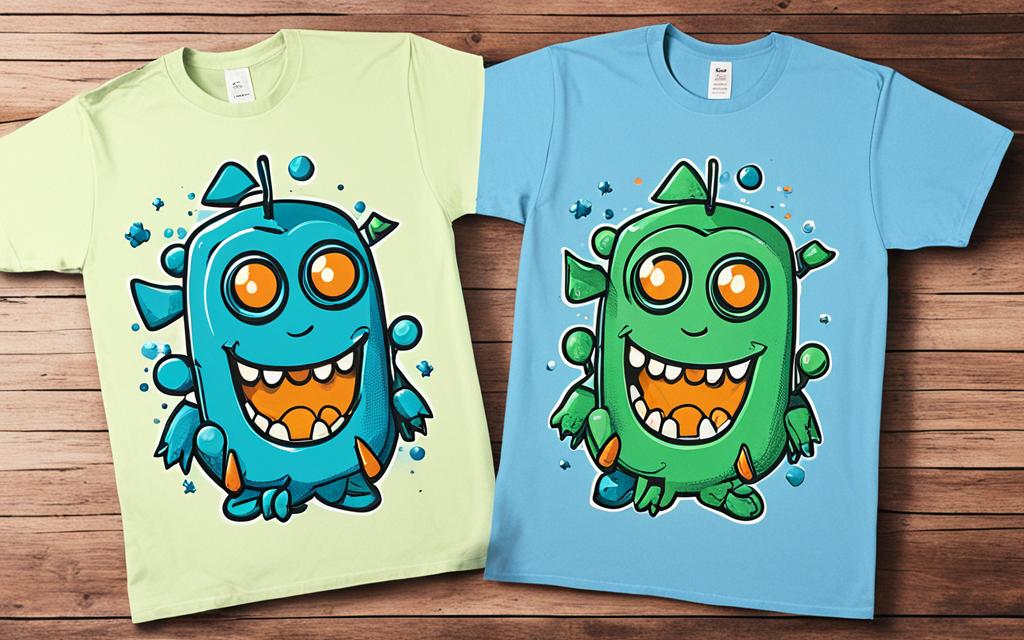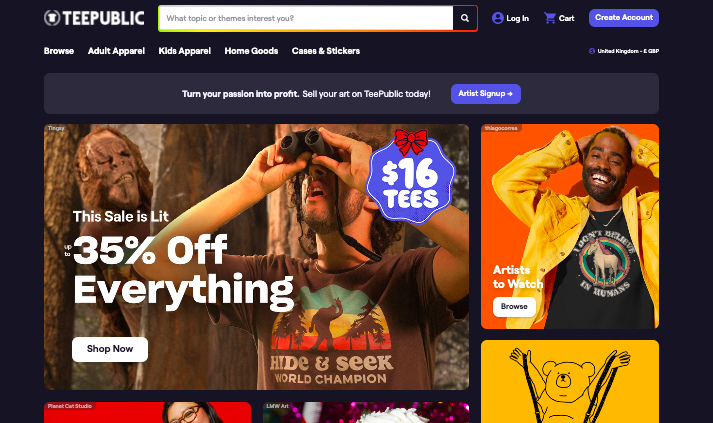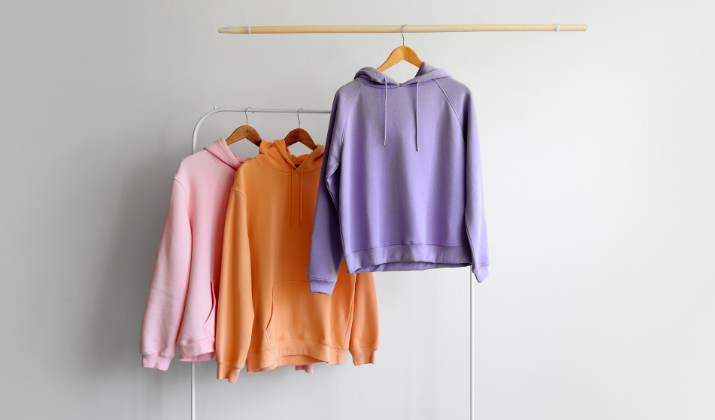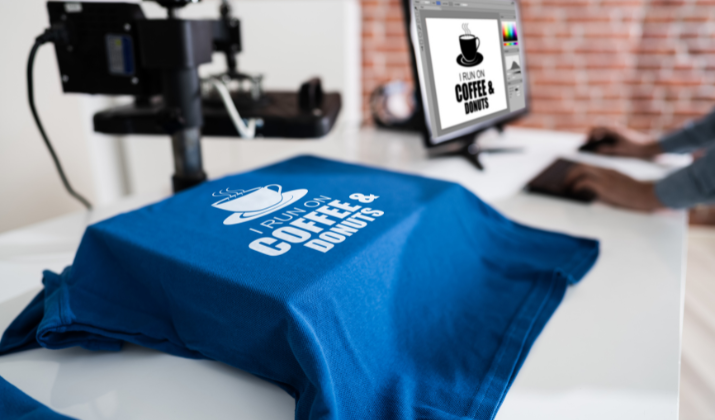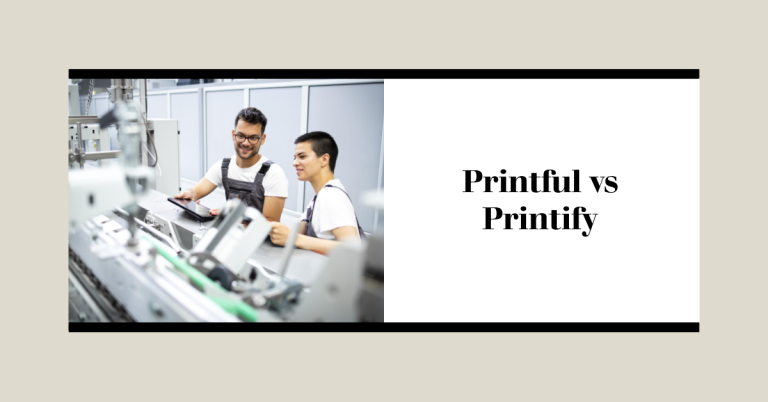Are you an artist or creative entrepreneur looking for the perfect platform to showcase and sell your unique designs?
With a plethora of options available, it can be challenging to determine which print-on-demand platform will best suit your needs.
Redbubble and Teepublic are two renowned platforms that offer a variety of products and services tailored to artists and designers like yourself. From t-shirts and stickers to phone cases and home decor, these platforms provide you with the opportunity to turn your creations into tangible items.
But which one reigns supreme? Is it the wide range of products and global reach offered by Redbubble? Or does Teepublic’s specialization in t-shirts and discounts on multiple-item purchases sway the scales?
In this article, we will compare the two platforms reviewing their products and services, fees and pricing, shipping and quality, customer service, and the pros and cons of each platform.
By the end of this article, you’ll have all the information you need to make an informed decision and discover which print-on-demand platform is the best fit for you.
Redbubble vs Teepublic – Products & Services
Redbubble and Teepublic are print-on-demand platforms that offer a wide range of products for artists to showcase their designs. Both platforms provide a convenient way for artists to turn their artwork into tangible items that can be sold to customers.
Redbubble offers an extensive selection of products, including clothing, home decor, accessories, stickers, and more. Artists can upload their designs and have them printed on various items, allowing for a diverse and unique collection.
Whether you’re looking for a trendy t-shirt, a vibrant phone case, or a quirky throw pillow, Redbubble has you covered.
On the other hand, Teepublic specializes in t-shirts and offers a wide variety of t-shirt styles. Artists can choose from different cuts, colors, and fabric options, ensuring that their designs are presented in the best possible way.
Teepublic also provides other merchandise options, such as hoodies, tank tops, and accessories, but t-shirts are their forte.
In terms of printing and shipping, both Redbubble and Teepublic handle the entire process, allowing artists to focus on promoting their designs and expanding their customer base.
This convenience frees artists from the burden of managing production and logistics, enabling them to spend more time on their creative endeavors.
Redbubble vs Teepublic – Fees & Pricing
Both platforms operate on a similar model, with a base price for each product and a markup for the artist’s design. Additionally, artists receive a commission on each sale they make.
Redbubble and Teepublic offer artists the opportunity to set their own prices within certain constraints. However, it’s important to note that the fees may vary depending on the product type and design complexity.
Redbubble is known for its affordability, offering competitive prices for a wide range of products. The base price for each item is set by Redbubble, and artists can add their markup on top.
This allows artists to control their profit margins and adjust pricing according to their business goals.
Teepublic also follows a similar pricing structure, but it’s generally slightly more expensive than Redbubble. The base price is determined by Teepublic, and artists can set their own markup on top of it.
While Teepublic may have higher fees, they often provide additional discounts and promotions for customers, enhancing the potential for sales.
It’s crucial for artists to carefully consider the pricing and commission rates when choosing a platform. Finding the right balance between competitive pricing and a fair commission is key to maximizing profitability.
| Platform | Base Price | Artist Markup | Commission Rate |
|---|---|---|---|
| Redbubble | $10 | $5 | 15% |
| Teepublic | $12 | $6 | 20% |
Redbubble vs Teepublic – Shipping, Quality, Support
Shipping
When it comes to shipping, both Redbubble and Teepublic offer worldwide shipping, ensuring that your products can reach customers all over the globe.
Both platforms provide a variety of shipping options, including standard, express, and even overnight delivery. This allows customers to choose the shipping method that best suits their needs.
Print Quality
Furthermore, both Redbubble and Teepublic prioritize quality to ensure customer satisfaction. They have a satisfaction guarantee, meaning that if customers are not happy with the print quality or any issues with the product, they can reach out to the customer service teams for assistance and resolution.
While Redbubble and Teepublic strive to provide high-quality products, it is worth noting that Teepublic’s items are generally considered to be of slightly higher quality.
This is due to Teepublic’s focus on t-shirts and their commitment to delivering exceptional print quality on their products. However, both platforms pay attention to maintaining a satisfactory printing and product experience for customers.
Also Read: Redbubble vs Spring
Customer Service
When it comes to customer service, both Redbubble and Teepublic prioritize providing support options for their users.
Both platforms offer customer service support through email and phone, ensuring that artists and customers have direct channels to address their concerns and receive assistance.
In addition to personalized support, Redbubble and Teepublic have extensive FAQ sections on their websites. These FAQs are designed to address common questions and provide helpful information for users.
Whether you need assistance with an order, have questions about designs, or need help with any other inquiries, the customer service teams of Redbubble and Teepublic are available to provide the support you need.
| Redbubble | Teepublic | |
|---|---|---|
| Support Options | Email, Phone | Email, Phone |
| FAQ Section | Yes | Yes |
| Responsive | Yes | Yes |
Also Read: Redbubble vs Printful
Pros and Cons of Redbubble
Redbubble, as a print-on-demand platform, offers artists numerous advantages and disadvantages that should be considered when deciding whether to use the platform.
Here are the key pros and cons of Redbubble:
Pros
- Redbubble boasts a large customer base, providing artists with a wide reach and potential for sales.
- The platform offers a diverse range of products, including clothing, accessories, wall art, and home decor, giving artists the opportunity to showcase their designs on multiple items.
- One of the main advantages of Redbubble is its ability to connect artists with a global audience.
- The platform handles all production, printing, and shipping processes, enabling artists to focus solely on creating and promoting their designs.
- Additionally, Redbubble offers a passive income stream, as there are no upfront costs to get started.
Check Out: Teemill vs Redbubble
Cons
While Redbubble has several advantages, it also has a few drawbacks that artists should be aware of.
- One of the key challenges is the high level of competition on the platform. With a large number of artists and designers, it can be difficult to stand out and gain visibility among the vast array of products.
- Another disadvantage of Redbubble is its fixed selling prices. Artists have limited control over the pricing of their products, as Redbubble sets the base prices and determines the profit margins. This can impact the royalty rates artists receive for each sale.
Explore: Teepublic vs Printify
Pros and Cons of Teepublic
If you’re considering using Teepublic as your print-on-demand platform, it’s important to weigh the advantages and disadvantages.
Pros
- Teepublic offers artists the opportunity to reach a wide audience and provides a platform for promoting and selling their products.
- The platform allows you to showcase your designs and offers a variety of product categories to cater to different customer preferences.
- If you’re looking to sell multiple items, Teepublic also provides the option for discounts on multiple-item purchases, which can be appealing to potential customers.
Check Out: Teepublic vs Threadless
Cons
- Teepublic’s fees are generally higher compared to other print-on-demand platforms, which can affect your potential profits.
- Additionally, due to the platform’s popularity, there is strong competition among artists, making it challenging to stand out and gain visibility for your designs.
- It’s crucial to have a strong marketing strategy and unique designs to overcome this competition and attract customers.
Conclusion
If your main focus is selling t-shirts, Teepublic may be the better option due to its wider variety of t-shirt styles.
On the other hand, if you want to sell a broader range of products like clothing, home decor, and accessories, Redbubble offers a wider selection.
Both platforms have their advantages and disadvantages. Teepublic provides a platform specifically tailored for t-shirts, offering discounts on multiple-item purchases and a variety of product categories.
However, it has higher fees and is more competitive, making it a challenge to stand out from other designs on the platform.
Redbubble, on the other hand, boasts a large customer base and a wide range of products, allowing artists to reach a global audience.
It offers a passive income stream with no upfront costs. However, it has fixed selling prices and lower royalty rates compared to other platforms.
In conclusion, it is recommended to try both Redbubble and Teepublic and see which one aligns better with your individual needs and goals.
Experimenting with both platforms can help you determine which one suits your artistic style, target audience, and business objectives the best.

